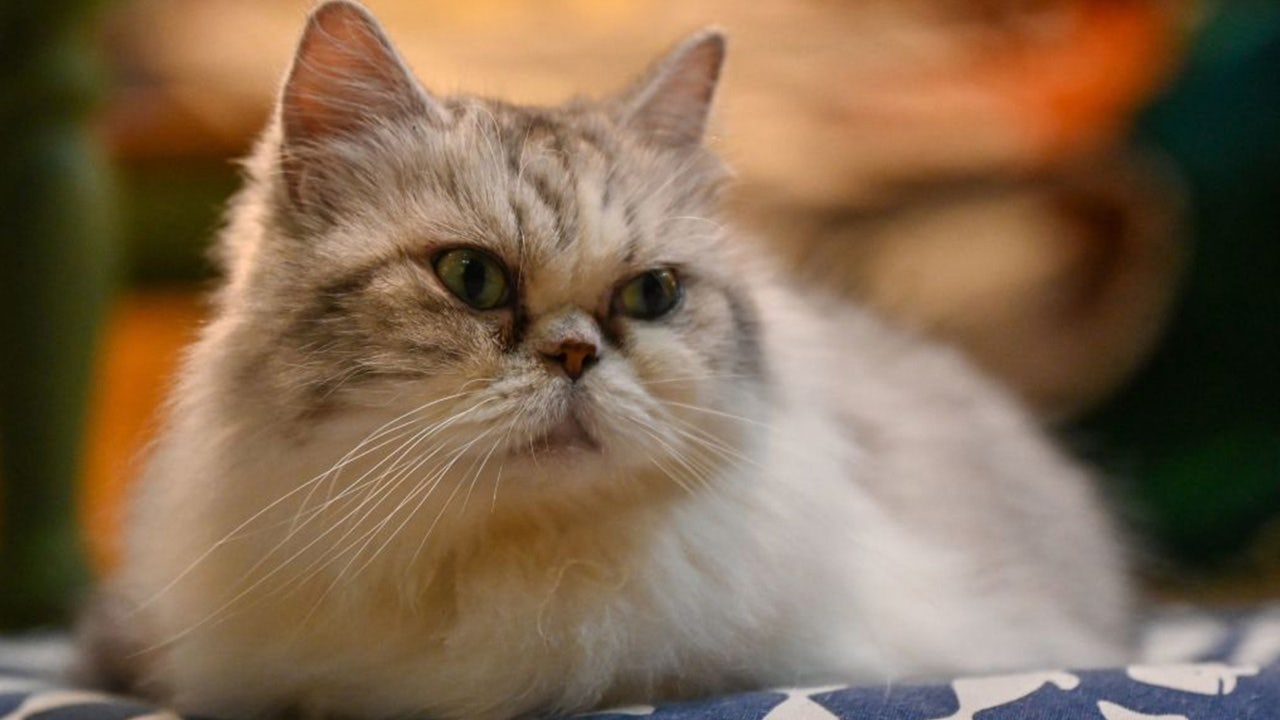Furry Friends at Risk: Urgent Warning on Avian Flu Threat to Pets

Veterinarians Raise Alarm: Bird Flu Spreading Among Domestic Cats
Pet owners are being urged to stay vigilant as an increasing number of feline cases of bird flu have been reported across the country. Veterinary experts are closely monitoring the situation and advising cat owners to take precautionary measures to protect their furry companions.
Recent observations from veterinary clinics reveal a concerning trend of bird flu transmission to cats, signaling potential risks for both animal and human health. While bird flu infections in cats are relatively rare, the current outbreak has prompted health professionals to issue a comprehensive health alert.
Symptoms pet owners should watch for include respiratory distress, lethargy, decreased appetite, and unusual behavioral changes. Veterinarians recommend immediate medical attention if cats display any of these signs, emphasizing early detection and treatment as crucial steps in managing the infection.
Experts suggest limiting cats' outdoor exposure, avoiding contact with wild birds, and maintaining strict hygiene practices to minimize transmission risks. Pet owners are also advised to consult with their local veterinarians for personalized guidance and the most up-to-date health recommendations.
As research continues, health authorities remain committed to tracking and understanding the spread of bird flu among domestic animals to ensure the safety of both pets and their human companions.
